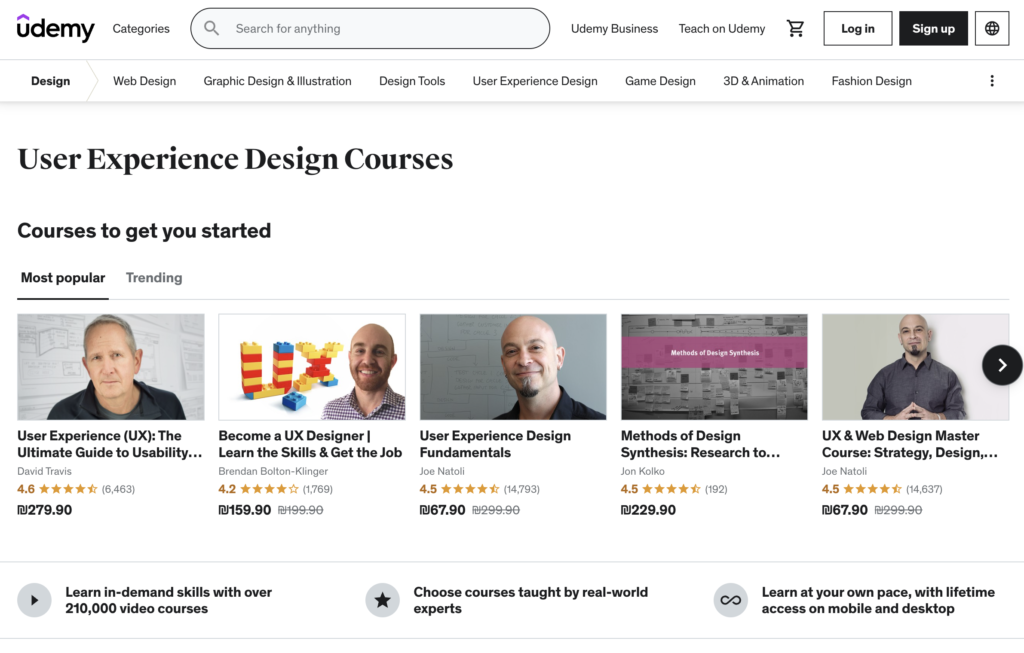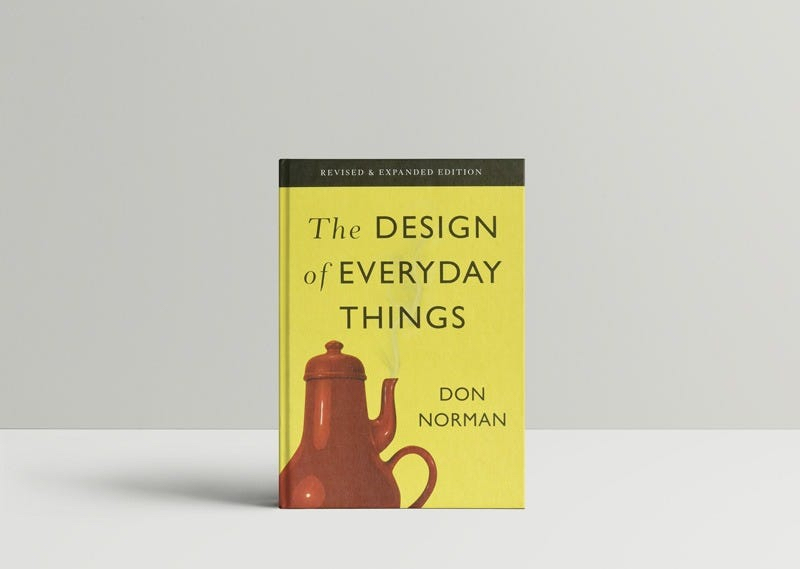It’s no question that user experience (UX) and user interface (UI) design have become crucial elements in creating successful products and services. As more businesses recognize the importance of delivering exceptional user experiences, the demand for skilled UX/UI designers continues to rise. If you are considering a career in this exciting field, you may be wondering how long it takes to become a UX/UI designer. In this article, we will delve into the journey of becoming a UX/UI designer, exploring the necessary skills, educational paths, and practical experiences required to succeed in this rapidly evolving field.
What will you need to learn?
To excel as a UX/UI designer, you need a diverse skill set that combines creativity, technical know-how, and a user-centered mindset. Here are some essential skills to develop:
a) Research and Analysis: UX/UI designers should be proficient in conducting user research, usability testing, and gathering data to inform design decisions.
b) Interaction Design: Understanding how users interact with interfaces and designing intuitive interactions is crucial.
c) Visual Design: Proficiency in creating visually appealing interfaces, using design principles, and tools like Adobe Creative Suite.
d) Prototyping: Creating interactive prototypes to test and validate design concepts before development.
e) Collaboration and Communication: Working effectively with cross-functional teams, stakeholders, and clients to ensure alignment and smooth project execution.
How to learn UX/UI Design
There are a number of ways you can become a UX/UI designer, some involving formal education, and some – not at all.
Bachelor’s Degree in Design or Related Field
Pursuing a bachelor’s degree in design or a related field such as graphic design, interaction design, or human-computer interaction can provide a solid foundation in design principles and theory. This path typically takes three to four years to complete, but offers a comprehensive understanding of design fundamentals and exposure to various disciplines.

UX/UI Bootcamps and Online Courses
For those seeking a faster entry into the field, UX/UI bootcamps and online courses offer focused and intensive training programs. Bootcamps usually range from 8 to 24 weeks, providing hands-on experience anda condensed curriculum that covers essential UX/UI design skills. Online courses offer flexibility, allowing you to learn at your own pace and typically provide a certificate upon completion.

Self-Study and Learning Resources
Another option is to embark on a self-study journey by leveraging various online resources. There are an endless number of blogs, tutorials, books, and video courses available that can help you acquire UX/UI design skills. While this path requires discipline and self-motivation, it offers the flexibility to learn on your own terms.

It all comes down to your portfolio and practical experience
While education provides a foundation, practical experiences play a crucial role in becoming a competent UX/UI designer. Here are some avenues to gain experience and build a strong portfolio:
Internships and Entry-Level Positions
Internships and entry-level positions allow you to apply your skills in real-world projects and gain valuable industry experience. They provide exposure to different design processes, collaboration with experienced professionals, and an opportunity to learn from mentors.
Freelancing and Personal Projects
Freelancing and personal projects enable you to work on diverse projects, build your portfolio, and showcase your skills. By taking on freelance gigs or creating your projects, you can gain hands-on experience, experiment with different design approaches, and develop your unique style.
Networking and Collaborations
Networking with other professionals in the industry and collaborating on design projects can expand your knowledge, provide valuable feedback, and open doors to new opportunities. Joining design communities, attending conferences, and participating in design challenges can help you connect with like-minded individuals and establish a strong professional network.
It doesn’t stop once you get the job
So you became a UX/UI designer. Congrats! But its not a one-time process; it requires a commitment to continuous learning and professional development. The field of UX/UI design is constantly evolving, with new tools, techniques, and trends emerging regularly. Staying updated with industry news, attending workshops or webinars, and seeking mentorship can help you refine your skills and stay competitive.
How long does it take?
The time it takes to become a competent UX/UI designer can vary based on multiple factors, including your educational path, commitment, prior experience, and the depth of skills you want to acquire. On average, a bachelor’s degree program can take three to four years, while bootcamps typically range from a few weeks to a few months. Self-study paths can vary significantly based on your dedication and available time.
It is important to note that proficiency in UX/UI design is an ongoing journey, and expertise is developed through continuous practice and refinement of skills. Embrace the learning process, seek feedback, and strive for improvement at every stage of your career.
What is for sure…becoming a UX/UI designer is an exciting and rewarding journey. While the timeframe to become competent in this field can vary, it is essential to focus on developing a strong foundation of skills, gaining practical experiences, and continuously learning and growing. By combining education, practical experiences, and a passion for creating exceptional user experiences, you can embark on a successful career as a UX/UI designer. Embrace the process, stay curious, and be persistent in honing your skills to unlock endless opportunities in the dynamic world of UX/UI design.
